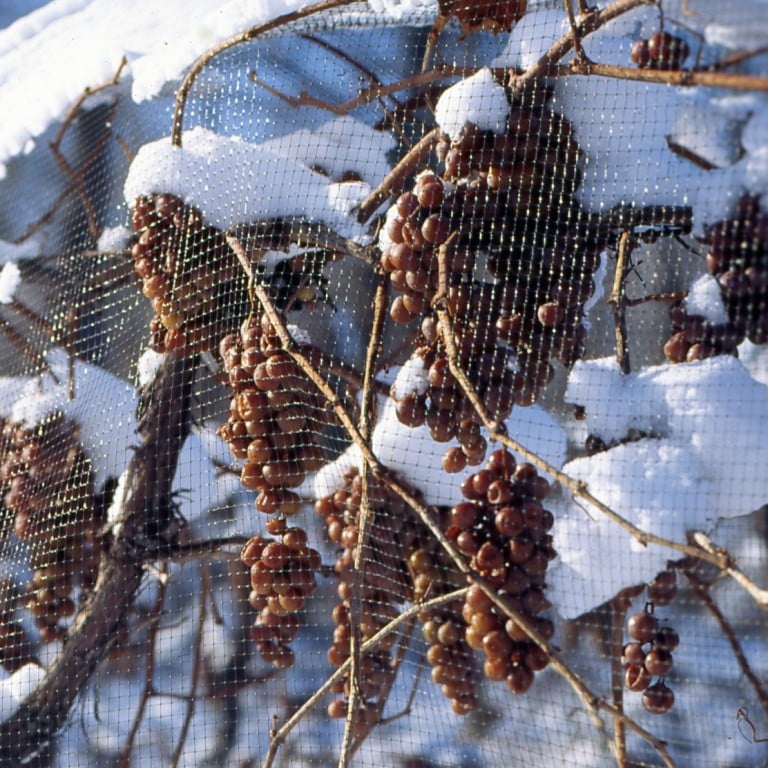Why Canadian ice wine requires a cold winter

Producing ice wine is a misery-laden enterprise. Winter grapes, frozen into rock-hard marbles, are harvested at below zero temperatures. They are pressed while still frigid for their concentrated grape sugar syrup. Because the syrup is so sweet – almost double that of Coca-Cola – the fermentation is finicky and time consuming, taking anything from three to six months.
The first ice wine is believed to have been made in Franken, Germany in 1794, during a particularly cold winter. By the mid-1800s, the Rheingau region was making what the Germans called eiswein. The technique travelled to Canada, and some now say that the protégé has outclassed the progenitor.
“Among the world’s great dessert wines, ice wine is unique in that it expresses the varietal character of the grapes in a pure, concentrated form,” says Ezra Cipes, CEO of Summerhill Pyramid Vineyard in British Columbia.
“First you need a growing season with the right conditions to make beautiful wine, and then a winter cold enough to deeply freeze the grapes on the vine. Nowhere else in the world has that combination like we have it in Canada, and so we make a strong argument to be home of the world’s finest ice wine.”
In the 2017 Chardonnay du Monde competition in France, the top-scoring wine of the competition was the 2014 Chardonnay Icewine by Summerhill, Cipes’s biodynamic and organic winery in Okanagan, British Columbia.
Want more articles like this? Follow STYLE on Facebook

Ice wine is unique in that it expresses the varietal character of the grapes in a pure, concentrated form